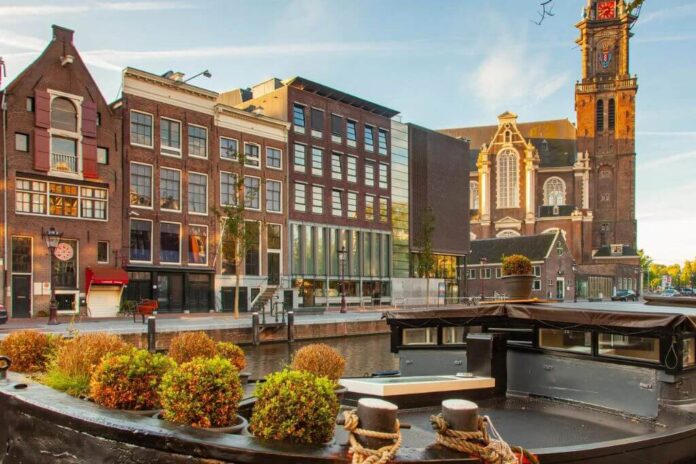If you’re in Amsterdam, you absolutely must go to the Anne Frank House. During World War II, the young Anne Frank, her family, and four other people were sheltered there. The huis, which was once an office with an annex, is now open for tours.
1. What is Anne Frank House?
Otto moved his family into hiding by using the annex behind his warehouse as the situation in Nazi-occupied Amsterdam deteriorated. Only roughly 500 square feet were available. On June 12, 1942, just a few days after Anne turned 13, they went into hiding. Up until their arrest on August 4, 1944, they remained there day and night, week after week, month after month, and year after year.
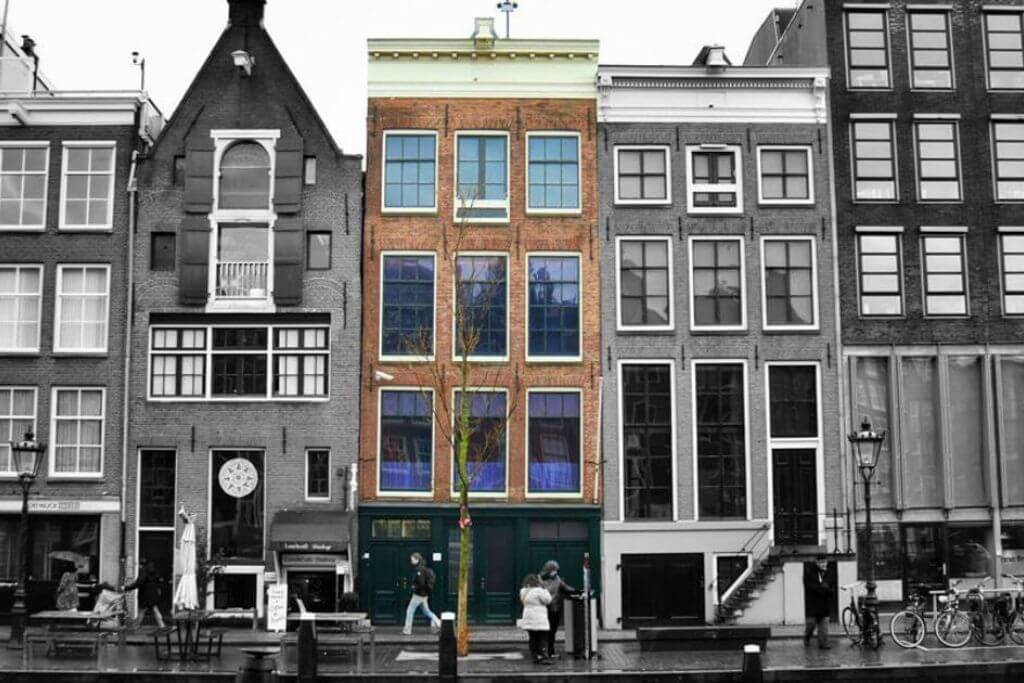
Imagine a teen growing into a young woman while being confined to a small, enclosed space with no privacy. Unaware that her writings would one day be read all across the world, Anne kept a diary of her adventures in the annex.
2. Reasons Why You Should Visit Anne Frank House?
You’ll discover How To Adjust To Change, Even Radical Change
The Frank family used to go to work and school, shop at the market, ride bikes, and have fun with friends as they did with everyone else in Amsterdam. They quickly entered the annex the following day with a few belongings. The door leading outside closed, and they emerged into a brand-new setting. Together with them, a solitary elderly man and another family moved in.
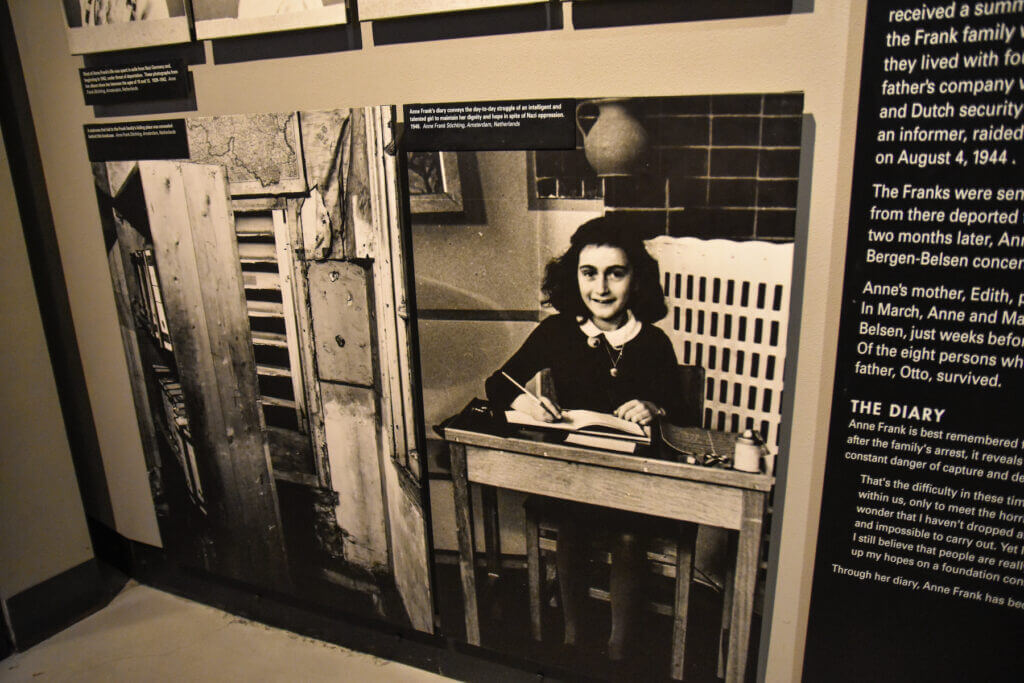
From Anne’s diary, we know that they all devised a routine for the kids’ restroom visits, meal preparation, and academic pursuits. Nobody gave up and threw themselves into a ball on the bed. They undoubtedly encountered obstacles and difficulties, but they adjusted.
You’ll See Anne’s Notable Diary
Unexpectedly, Anne found herself alone and separated from her pals. This must have been very challenging at age 13. But we all need people we can confide in, even if that person is a notebook at times. For her 13th birthday, Anne asked for a diary. They even claim she participated in the decision. She dashed into concealment while grabbing her brand-new red plaid book.
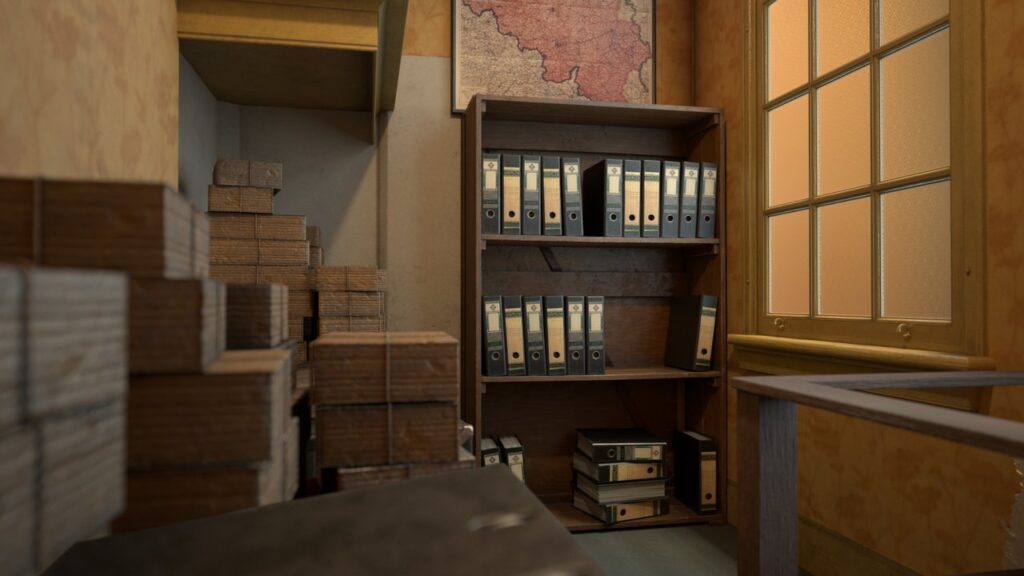
Her diary would eventually contain all of her concerns, annoyances, and dreams, including her desire to become a writer. “I hope I will be able to confess everything to you, since I have never been able to confide in anybody, and I hope you will be a tremendous source of comfort and support,” she said in her first entry.
She writes a lot of letters to her fictional buddy Kitty. Anne’s daily struggle to survive in the annex was undoubtedly made easier by Kitty and her diary.
Your Heart Will Be Moved By Anne’s Fortitude
Anne was able to concentrate better thanks to nature. You may experience firsthand what Anne witnessed from the attic window when you take a tour of the Anne Frank House. The only window that allowed them to see the outside was in the attic because the other windows had been closed to keep the people inside secret.
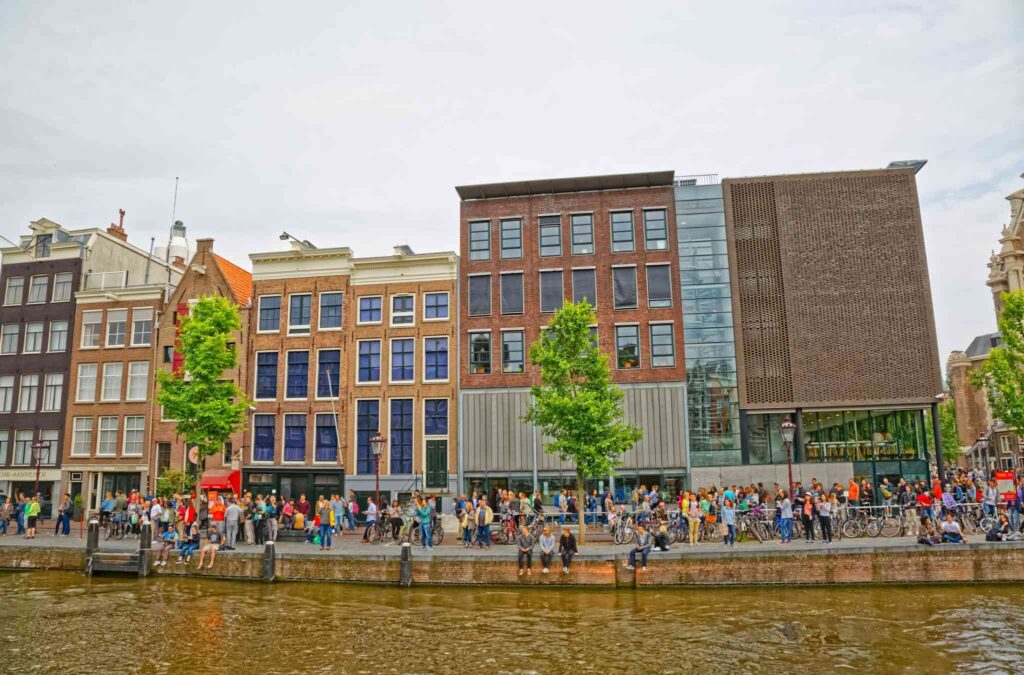
The attic, which was utilized for storage, was one place Anne particularly enjoyed spending time. There, she might be alone herself and look out the window. She turned to face the sky and a chestnut tree.
Despite its limitations, the vista from her window kept her spirits high. “I cannot be sad as long as this still exists and I am permitted to experience it, as long as there is sunshine and a clear sky,” she wrote.
You’ll See For Yourself That Possessions Aren’t The Most Crucial Thing
Peter’s bicycle is one remembrance you’ll find in the annex. Anne was a few years older than Peter, the son of the other family in the annex. He brought the bike with him, but of course, he never rode it again. In order to try to sell the bike, Peter’s parents opted to keep it wrapped. The bicycle continues to be located underneath the stairwell because that plan didn’t work out.
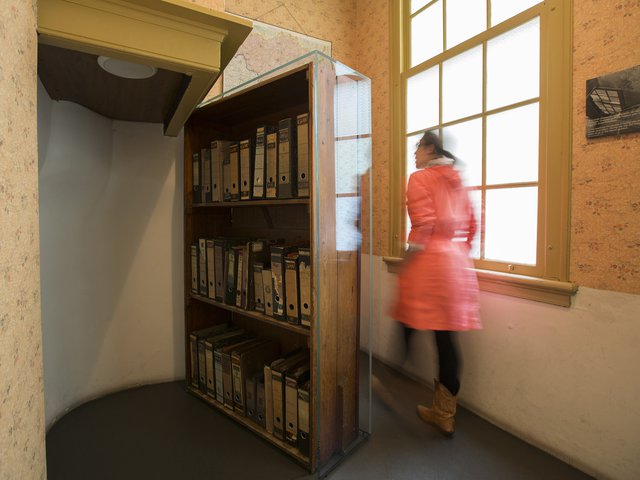
So many of these families’ possessions proved to be useless in their new life. A thing’s value might shift drastically in a single day. Thank goodness Anne kept her diary, the one thing she owned that would change the world forever.
It’s Simple to Envision Anne’s Life in Amsterdam
Take some time to stroll through the area after seeing the Anne Frank House. The bicycle-lined canals and bridges resemble the canals and bridges of the 1940s in many ways. Little has changed, with lush trees in front and structures dating back hundreds of years. Here, it’s simple to picture a young Anne.
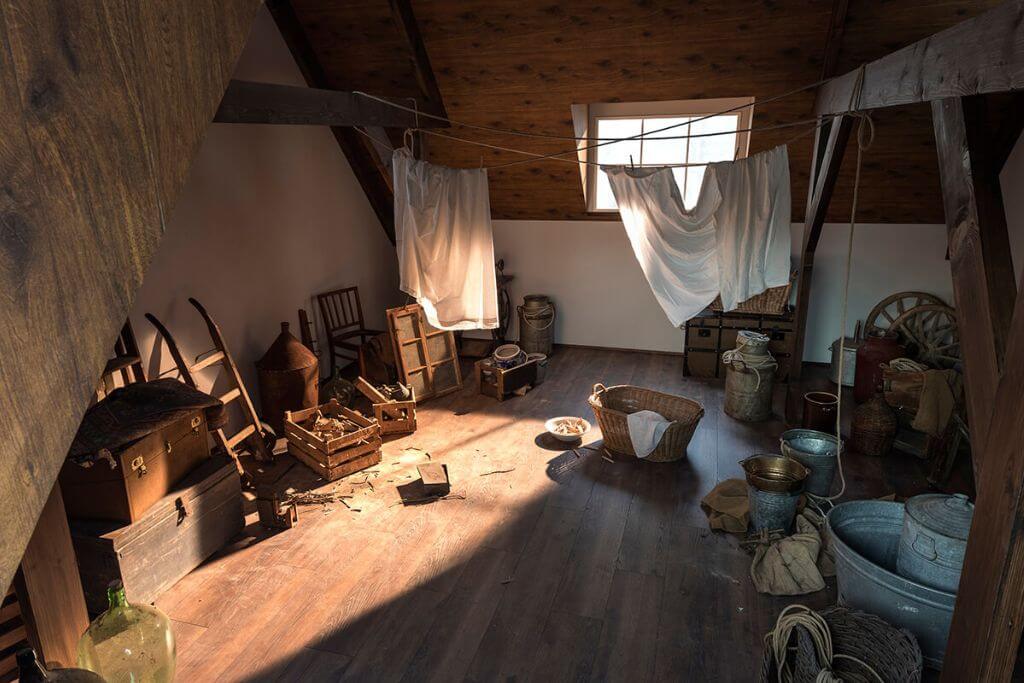
Anne’s family relocated to Amsterdam from Germany when she was four years old. She spent her time here playing with her pals, attending family events, and going to school. Because she wrote about it, we know the most about her life in hiding, but it’s heartwarming to consider that she led a typical existence right here on these charming Amsterdam streets.
You’ll Go Home Feeling Hopeful
You’ll be standing in Anne Frank’s bedroom when you visit the Anne Frank House. The walls are still decorated with her magazine images and movie celebrity postcards. Her modest desk, where she kept her journal entries, is typical of those used by teenagers.
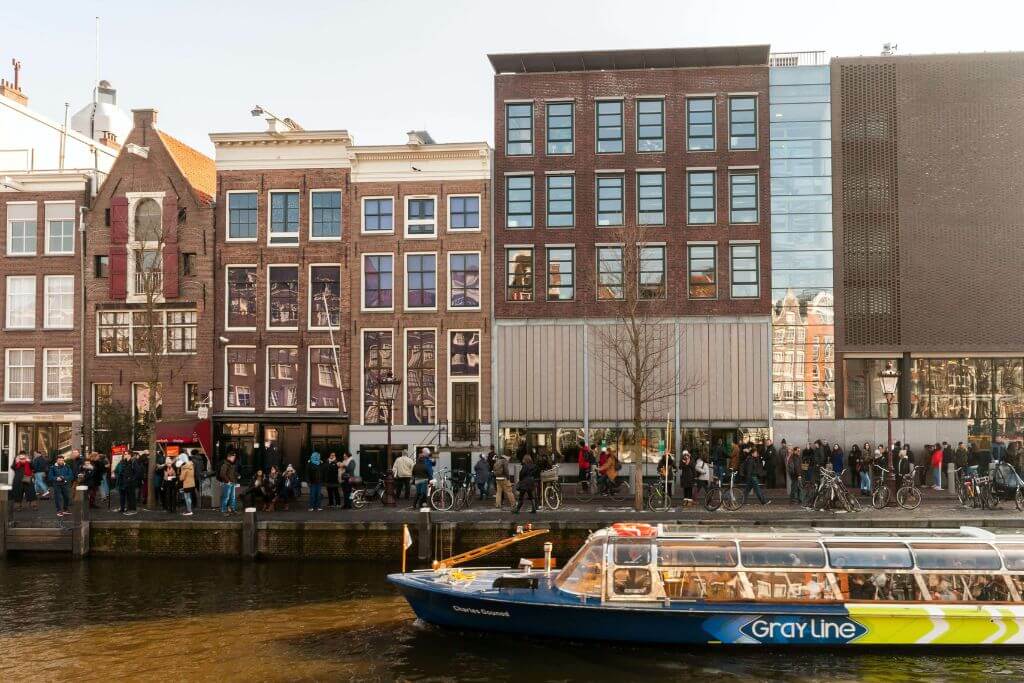
You will have a deeper understanding of what can happen when hate triumphs over goodness and love here, in the cramped spaces of the annex. Hearing the numbers of those who perished or suffered during World War II is one thing; being present in the home where one family—and one clever, sensitive young woman—spent their final months of life is quite another.
But you’ll also feel the kind of hope that persuades you to keep going, even on the worst of days. Despite everything, Anne stated, “I think people are truly wonderful at heart.” From her modest hiding place, Anne’s thoughts continue to inspire countless readers. You will undoubtedly be motivated and inspired after seeing the Anne Frank House.
3. How to Prepare Before You Travel
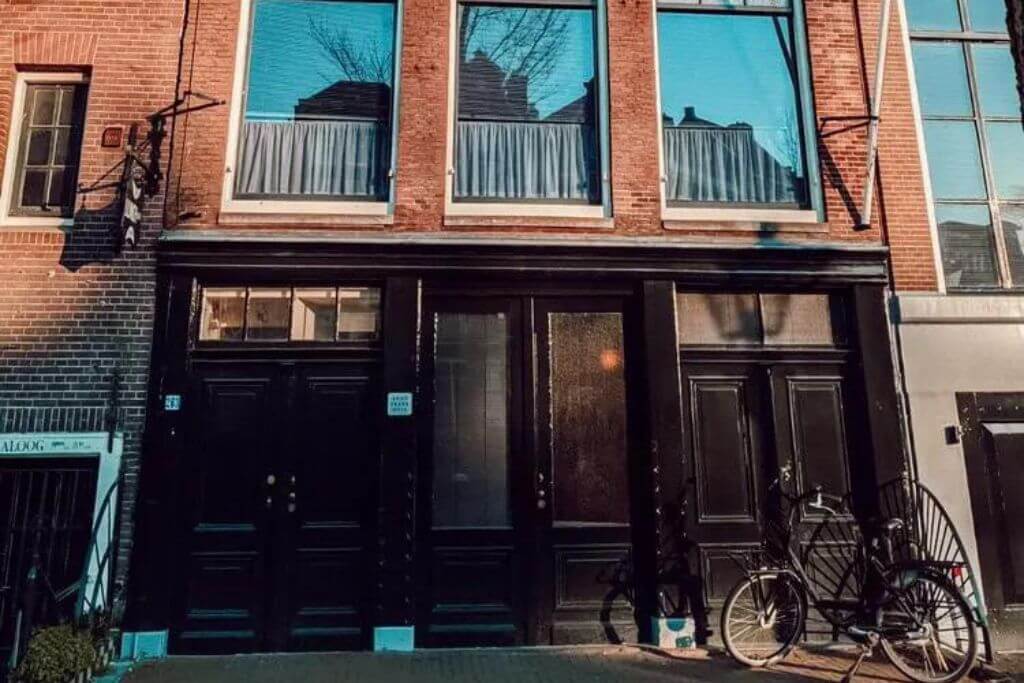
- Although some tickets might be available on the day of your visit, it is best to get them in advance if you can. To learn more, visit the museum’s website.
- Pick an early-morning time for your visit. Timed groups of people enter, but as more people stay in the annex, it becomes increasingly crowded. You can view the rooms without battling the crowds if you can get into one of the first few groups.
- You’ll have to ascend some difficult stairs in order to get to the annex. Wheelchair access is not available since the annex is set up exactly as it was while the families were hiding there.
- The basement office space is home to a museum, a gift store, and a café. In the Anne Frank House, photos are not allowed.
- The museum’s website provides a wonderful virtual tour of the Anne Frank House, along with background knowledge and data.
